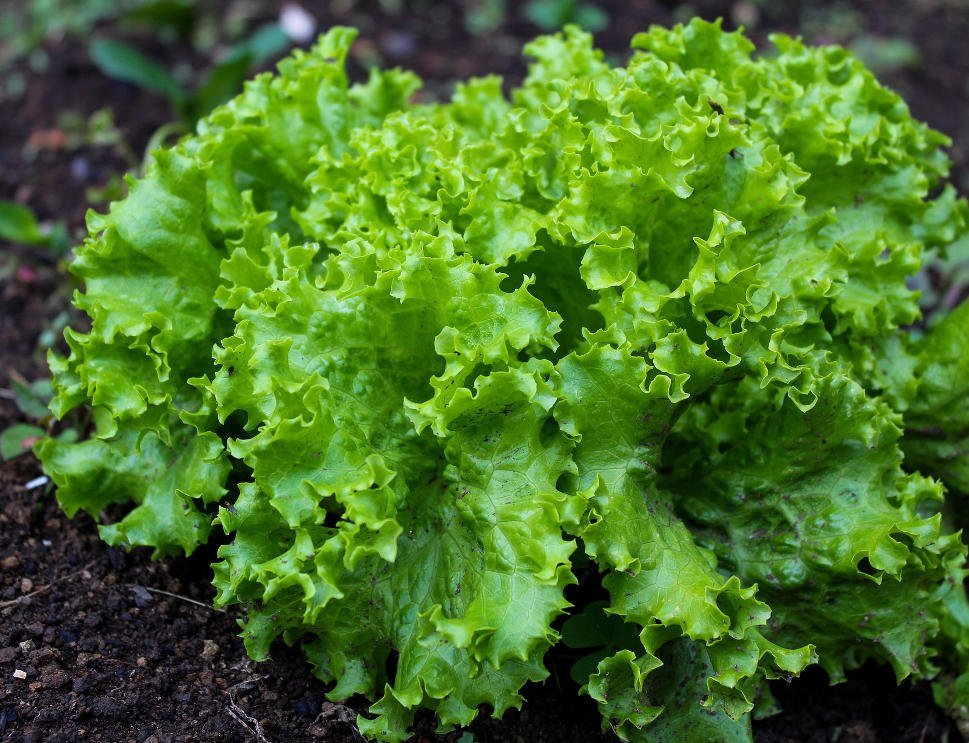When Emma first moved into her city apartment, she missed the lush garden she grew up with in the countryside. Determined to bring some greenery into her urban life, she decided to try container gardening. Her first attempt was with lettuce, a staple in her diet. Little did she know, this small project would spark a passion for growing her own food. If you’re like Emma, looking to start your own container garden, growing lettuce is a fantastic way to begin.
Why Grow Lettuce in Containers?
Lettuce is an ideal plant for container gardening due to its compact size and relatively simple care requirements. Plus, homegrown lettuce is fresher and more nutritious than store-bought varieties. According to a study by the University of California, Davis, leafy greens like lettuce lose up to 50% of their nutritional value within a week of harvest. By growing your own, you can enjoy lettuce at its peak freshness.
Basic Needs
To grow lettuce successfully in containers, you need to start with the right materials. Choose a container that is at least 15-20 cm deep and has good drainage holes. Lettuce varieties such as butterhead, romaine, and loose-leaf are well-suited for container gardening. Fill your container with high-quality potting soil, which provides the necessary nutrients and drainage for healthy growth.
Lettuce prefers cooler temperatures, ideally between 10-20°C. It thrives in partial shade to full sun, but in hotter climates, some afternoon shade can help prevent the leaves from wilting. Watering is crucial; lettuce needs consistently moist soil, but not waterlogged. Aim to keep the soil damp to the touch, which usually means watering every couple of days, depending on your climate and container size.
Growing Techniques
Start by sowing lettuce seeds directly into the container. Scatter the seeds evenly across the surface and cover them lightly with a thin layer of soil, about 0.5 cm deep. Mist the soil gently to avoid displacing the seeds. Lettuce seeds typically germinate within 7-10 days.
Once the seedlings have grown to about 5 cm tall, thin them out so they are spaced about 10-15 cm apart. This spacing allows each plant enough room to grow fully without competing for resources. If you prefer, you can also transplant seedlings from a nursery, ensuring you handle the delicate roots carefully.
Lettuce grows quickly, and you can usually start harvesting leaves in about four to six weeks. For a continuous supply, practice succession planting by sowing new seeds every two weeks.
Problem-Solving
While lettuce is relatively easy to grow, it’s not without its challenges. Pests like aphids, slugs, and snails can be a problem. To deter these pests, consider using natural remedies such as neem oil or introducing beneficial insects like ladybugs into your garden. Additionally, placing crushed eggshells or diatomaceous earth around the base of the plants can help deter slugs and snails.
Another common issue is bolting, where the plant starts to flower and goes to seed prematurely, usually due to high temperatures or lack of water. To prevent bolting, ensure your lettuce receives adequate water and consider providing shade during the hottest part of the day. If you notice any plants starting to bolt, harvest them immediately to enjoy the leaves before they become bitter.
Harvesting and Storage
The best part of growing lettuce is the harvest. You can start harvesting leaves as soon as they are large enough to eat. For a continuous supply, pick the outer leaves first, allowing the inner leaves to keep growing. Alternatively, you can harvest the entire plant if you need a larger quantity.
After harvesting, rinse the leaves thoroughly under cool water to remove any dirt or insects. Pat them dry with a clean towel or use a salad spinner to remove excess moisture. Store the leaves in the refrigerator in a sealed container or plastic bag. Freshly harvested lettuce can last up to a week when stored properly.
Tips
For optimal results, use a potting mix that contains compost or other organic matter to provide nutrients. If you’re using a commercial potting mix, consider adding a slow-release fertilizer to ensure your lettuce gets all the nutrients it needs.
Rotate your container occasionally to ensure even growth, especially if your light source is coming from just one direction. This helps prevent the plants from leaning too much towards the light and promotes uniform growth.
Consider mixing different varieties of lettuce in the same container for a visually appealing and diverse salad mix. Varieties like ‘Red Sails’, ‘Buttercrunch’, and ‘Little Gem’ not only taste great together but also look beautiful in your garden.
Conclusion
Growing lettuce in containers is a rewarding and practical way to enjoy fresh, nutritious greens right from your home. With the right conditions and a bit of care, you can have a constant supply of lettuce, whether you’re in a small apartment or have limited garden space. Are you ready to start your own container garden and experience the joy of homegrown lettuce?
Sources:
- University of California, Davis, Postharvest Technology Center
- American Journal of Plant Sciences
